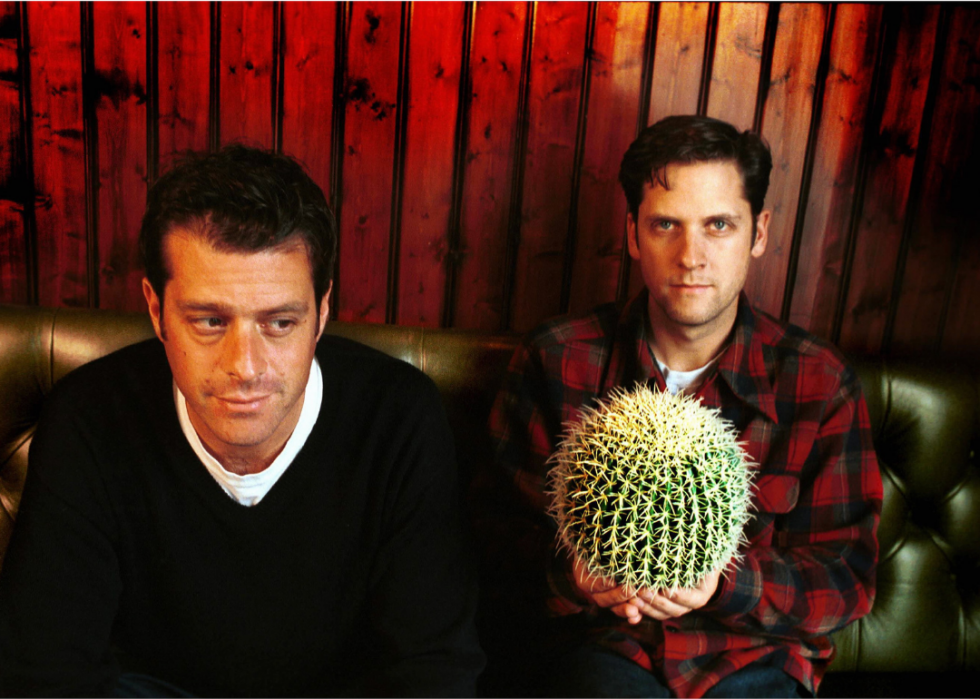

Impressed by her exuberance, star quality, and willingness, they signed on to manage her. Jones flew back to NYC with her roommate, actress Jessica Lange, and met with the Berlins. Within a few months, she recorded a few singles one was sent to Cy and Eileen Berlin, an enterprising husband-and-wife team who later managed Tom Cruise.

In France, her blackness set her apart from other models, and Jones landed covers of Stern, Pravda, and Vogue. Finally, I got tired of trotting around and took myself to Paris.” “But they all wanted a black American sound, and I just didn’t have it. “Even though the agency kept me pretty busy, I auditioned for every play and film I could find,” she told The Baltimore Afro American in 1985.


The Pentecostal preacher’s daughter realized there was no going home after that, and she moved to New York City in 1975 to fulfill her dream of becoming a star.Īt first, Jones modeled for the Wilhelmina Agency while doubling as a go-go dancer under the pseudonym Grace Mendoza. She didn’t have many friends a high school report card described her as “socially sick.” Halfway through her studies at Syracuse University, she impulsively abandoned school to work on a play in Philadelphia. In 1960, a 12-year-old Beverly Grace Jones moved from Spanish Town, Jamaica, to Syracuse, New York, with her family. In ’79, Ebony got her je ne sais quoi exactly right: “Grace Jones is a question mark followed by an exclamation point.”Įven now, her transgressive charisma remains bold. Her image celebrated blackness and subverted gender norms she presented something we had never seen before in pop performance-a woman who was lithe, sexy, and hyperfeminine while also exuding a ribald, butch swagger. She was as queer as a relatively straight person could get. That night, Grace Jones sang “I Need a Man” just like a man might-tough and lusty, she was a woman who was not just singing to them, but also for them, as them. At 12 West, gay people could grasp the power of their collectivity and understand what it meant to be free. With the exception of maybe hairdressers and artists, queer people risked unemployment if they merely hinted at their orientation outside the confines of gay bars and clubs, and it was in these discos that the seeds of liberation were sown. Just a few years earlier, it had been illegal for two men to so much as dance together in New York City. To understand the impact of this moment, one must understand a bit of history. After she finishes, she goes, ‘I don’t know about you, honey, but I need a fucking man!’ Talk about a room-worker. She starts singing ‘I Need a Man’, and the place goes crazy. Tom Moulton, father of the dance mix and Jones’ early producer, describes the scene: “All of a sudden the spotlight hits her. The year is 1977, and no one is prepared for what’s about to hit them. Grace Jones is perched on a ledge above the dancefloor of New York’s 12 West, the state-of-the-art, members-only gay disco, about to take the stage for one her first performances. This article originally appeared in an issue of our print quarterly, The Pitchfork Review, which you can subscribe to here.


 0 kommentar(er)
0 kommentar(er)
